Art Fairs
Hints of a Thaw in the Trade War Boost Sales at Shanghai’s Art Fairs as the Market Grows Wary of Hong Kong
The mood at the fair was more positive than last year on the heels of news that the US-China trade negotiations may be resuming.
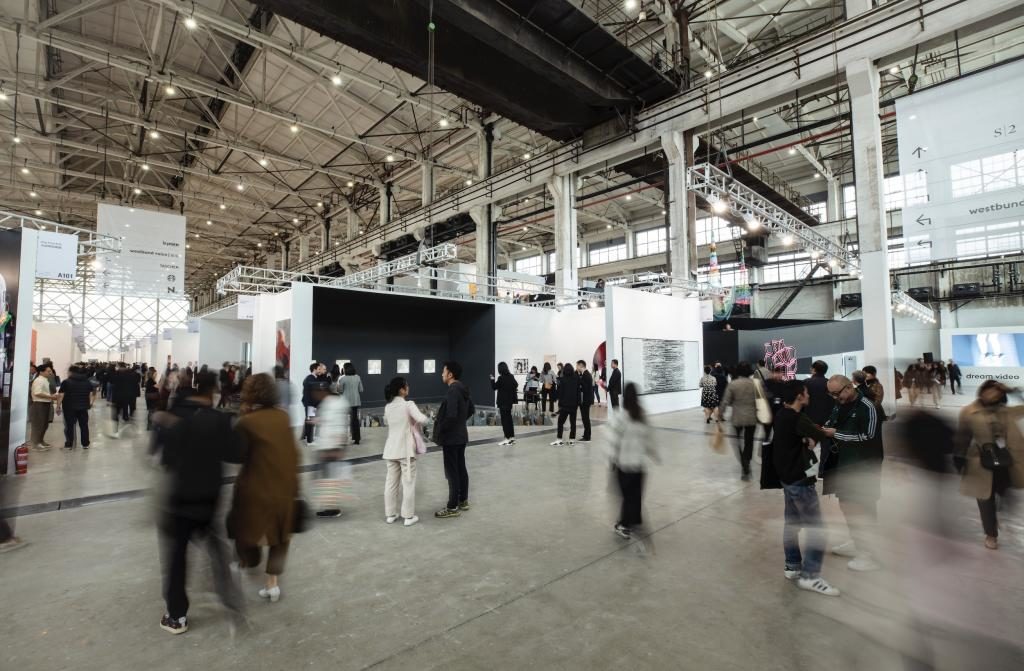
The mood at the fair was more positive than last year on the heels of news that the US-China trade negotiations may be resuming.

Nate Freeman

In Asia, the art market’s seat of power has long been Hong Kong. In the six years since Art Basel Hong Kong put down roots in the city, a wave of mega-galleries from Europe and the US have scrambled to establish beachheads in the quickly expanding Asian theater of the global art-selling war.
But for the past few months, protests have taken over Hong Kong’s streets and hamstrung its economy. This past weekend was perhaps the most violent yet: one young demonstrator was shot by the police; elsewhere in the city, a group of protesters fought with a man who was arguing they should have more respect for Beijing—and then the anti-Beijing protesters lit that man on fire. The discord has made some galleries question whether they should go to the next edition of Art Basel Hong Kong, to be held in March 2020. At least two have already withdrawn as a result of the unrest.
But the geopolitical crisis has also had the side effect of creating openings for other Asian market hubs. Now, the city of Shanghai is having a true art-world moment, years in the making. While it’s long been a stronghold for private institutions, including museums built by collectors Liu Yiqian, Budi Tek, and Qiao Zhibing, it is increasingly becoming a destination for international museums, too. This week, Paris’s Centre Pompidou opened its Shanghai outpost, lending the city the cred of one of Europe’s great art brands, and French president Emanuel Macron toured the David Chipperfield-designed building with Chinese president Xi Jinping.
Meanwhile, the UCCA Center for Contemporary Art announced plans to open a satellite in Shanghai last week, and the Japanese collective TeamLab recently opened a space there as well. Galleries have arrived, too—in addition to boasting some of the region’s most influential spaces, recent years have seen global galleries such as Perrotin, Almine Rech, and Lisson all open outposts in Shanghai.
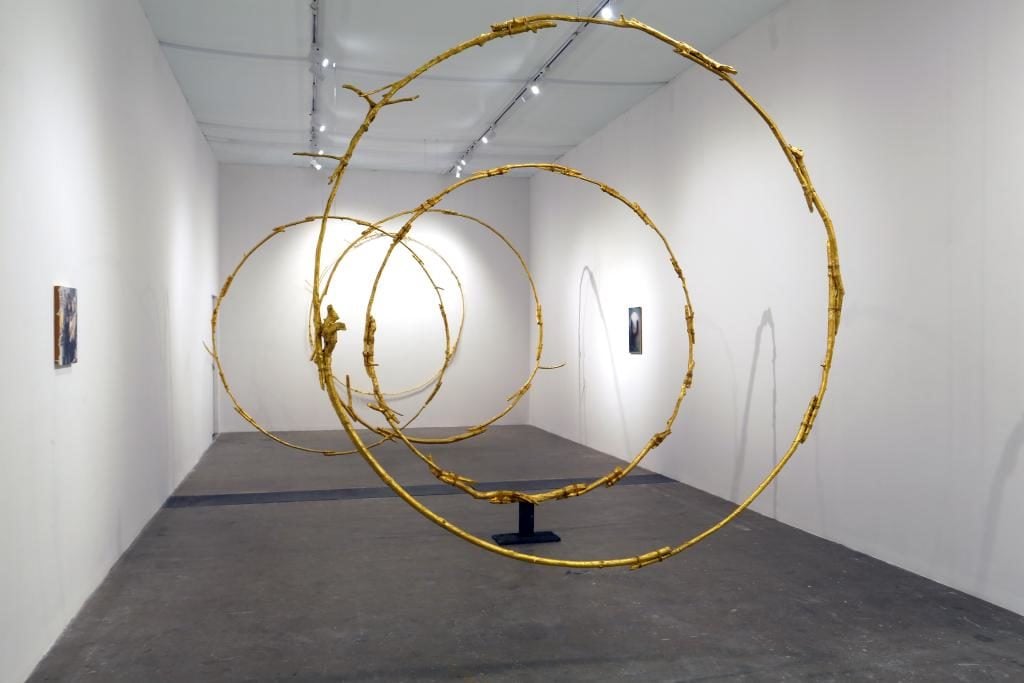
The Gladstone Gallery booth. Courtesy West Bund Art & Design.
And last week, the two biggest art fairs in mainland China, West Bund Art & Design and ART021, opened their latest editions to considerable buzz. Some dealers suggested that more collectors are buying in Shanghai in November because they don’t want to spend a lot of time at Art Basel Hong Kong in March.
“People don’t like weekends now in Hong Kong, they’re very rough,” said Aenon Loo, a director at Simon Lee Hong Kong, said on Friday. The weekends, he explained, are the days when the territory’s citizens are free from work obligations, and take to the streets. Collectors—especially those from the mainland who fear discrimination or reprisal—would rather be gone well before any protesters show up. “They might come for one day, but they won’t stay long,” Loo said.
Beyond the political situation in Hong Kong, boosters of Shanghai say there other reasons the city is a good bet. “Long-term, a place like Shanghai has so much more space to expand,” Loo of Simon Lee said. “Hong Kong has kind of hit its saturation. The rent is very high, there’s no ideal space for galleries. You don’t have something like West Bund where only 20 percent of the land is developed.”
To wit: We were chatting in a building that opened last year across from West Bund’s original venue—built out of necessity after the fair expanded from 25 galleries to nearly 100 in just a few years—that was constructed in just 100 days, a somewhat terrifying feat of Chinese work ethic.
It was the second day of the fair, and Simon Lee Gallery had already sold works by Claire Woods, Jim Shaw, Donna Huanca, Sarah Crowner, and Paulina Olowska for prices ranging from $60,000 to $250,000. Sitting at a table next to the booth, Simon Lee explained that he’s watched the city develop its class of collectors for years, ever since establishing a perch in Hong Kong in 2012.
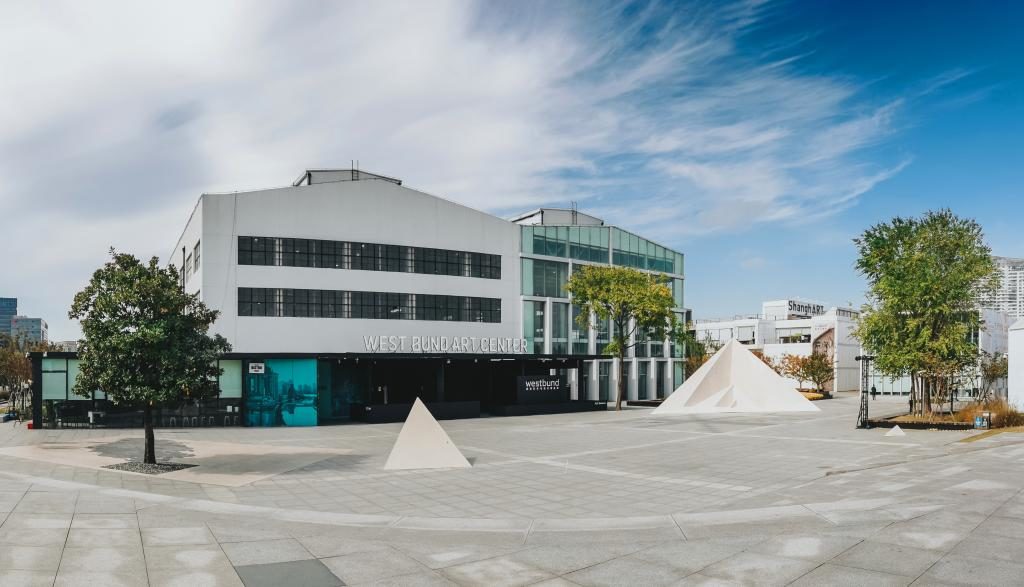
The building that houses the West Bund Art & Design fair. Courtesy West Bund Art & Design.
Over in the main hall, the mega-galleries brought either robust offerings by artists on their roster or ambitious themed booths. Xavier Hufkens presented a number of marvelous paintings by Alice Neel, creating what amounted to the artist’s first presentation in China. Gladstone Gallery filled its booth with Ugo Rondinone’s golden ring sculptures, while David Zwirner paired Josh Smith’s typically psychedelic canvases with Franz West’s brightly colored furniture (guests were welcome to recline on a $50,000 West-designed chaise longue, even if they didn’t buy it). Rondinone was also a hit at Galerie Eva Presenhuber, which sold the artist’s yellow red mountain (2019) for $150,000 as well as two new paintings by Shara Hughes for $70,000 each—all to Chinese collectors.
Shasha Tittman, Lehmann Maupin’s Asia director who runs its Hong Kong outpost, said that the West Bund fair derives its power from the strength of the city’s collections and private institutions. The gallery sold a number of works to Asian collectors including Lee Bul’s Perdu XXVI (2019) for $150,000; Liza Lou’s Clear After Rain (2019) for $225,000; Marilyn Minter’s Starry Eyed (2018) for $250,000; and Lari Pittman’s Mutualism (2011) for $300,000.
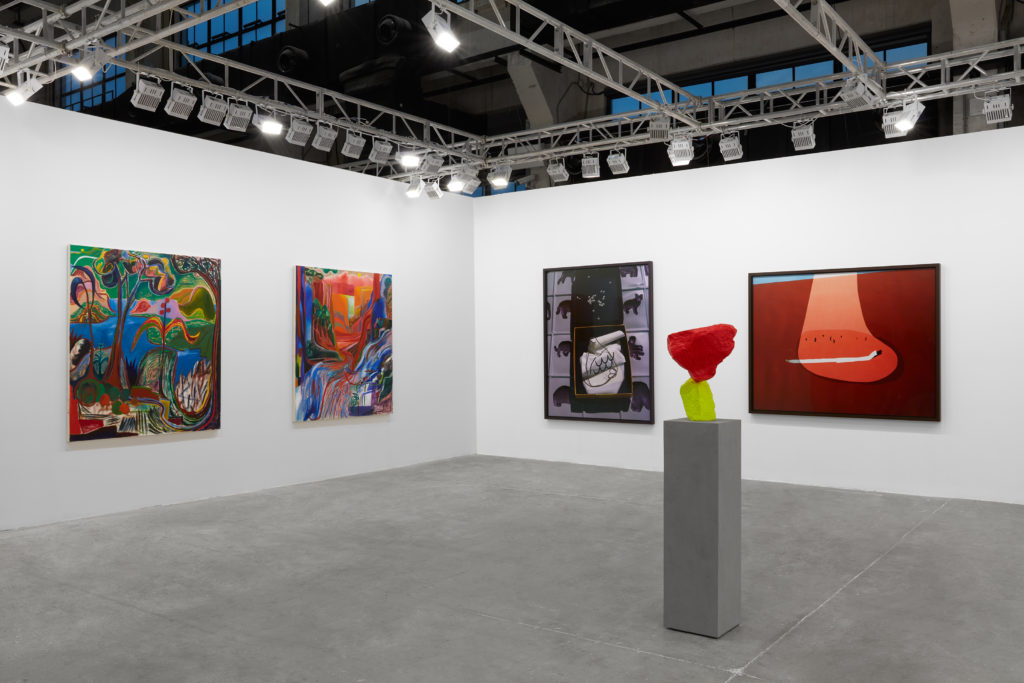
Eva Presenhuber’s booth at West Bund. Courtesy West Bund Art & Design.
While Hong Kong’s museum infrastructure, both public and private, remains nascent, Tittman says—and the highly anticipated M+ museum has been delayed for years—“in Shanghai, you have land mass, you have private collectors. You can see a fair, you can see gallery exhibitions, and you can also see a fantastic museum exhibition—and they are bringing blockbuster shows.”
ART021 opened to VIPs hours after West Bund, held in the Shanghai Exhibition Center, with 111 exhibitors, 70 percent of which are based in China or have a space there. Los Angeles gallery David Kordansky doesn’t plan to open a space in the country, but this year it did hire Mi Jeong Kim to be its first Asia director—an immediate game-changer, according to director Mike Homer.
“After not having someone last year from the region, it’s been a huge help,” Homer said. “We work with a lot of people out here, but it’s important to meet new people too.”
He added that the gallery had sold Fred Eversley’s Untitled (parabolic lens), (1974) (2018) for $275,000, as well as work by Kathryn Andrews, Will Boone, and Evan Holloway. Back home, he added, the gallery had sold a number of works from its Los Angeles show of new paintings by Calvin Marcus to “very high-level” collectors in China.
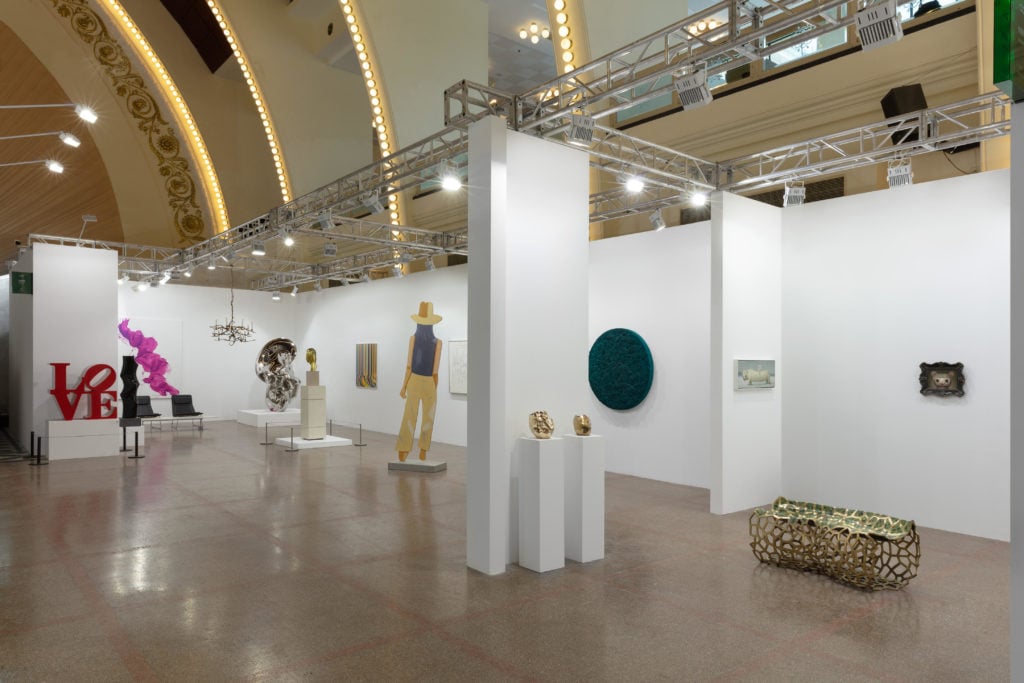
The Kasmin booth at ART021. Photo: Sebastiano Pellion. Courtest Kasmin.
Kasmin, which was doing ART021 for the second year in a row, also looked to make inroads with local collectors. After having success with works by Mark Ryden last year—the artist’s canine depiction of Salvator Mundi sold for $350,000—Kasmin announced this month that they would team up with Perrotin to have a full Ryden show at the Perrotin outpost in Shanghai.
“We don’t want to helicopter in,” said director Nick Olney. “We can engage more deeply if we’re here beyond the fair. You can create relationships, but you have to build those relationships.”
He added that the gallery sold a painting by Ryden in the fair’s opening minutes for $150,000, and that every single sale went to a new client.
Even as galleries reported sales and promising new introductions, art events in Mainland China have built-in limitations. The grand opening of the Pompidou was somewhat marred by the news that the government had censored a few works that were supposed to be on loan from the main museum in Paris. Discussion of the situation in Hong Kong was minimal—everyone saw what happened to the NBA after a single executive from a single team sent out a single tweet.
Dealers at West Bund spoke carefully about the fair, too, obviously aware that it is a state-run enterprise. And while the proceedings felt less gloomy than the year prior, when the Chinese economy was mired in news of a trade war, collectors still tend to take their time buying in Shanghai, dealers said. Many of the pricier works remained available toward the end of the first day.
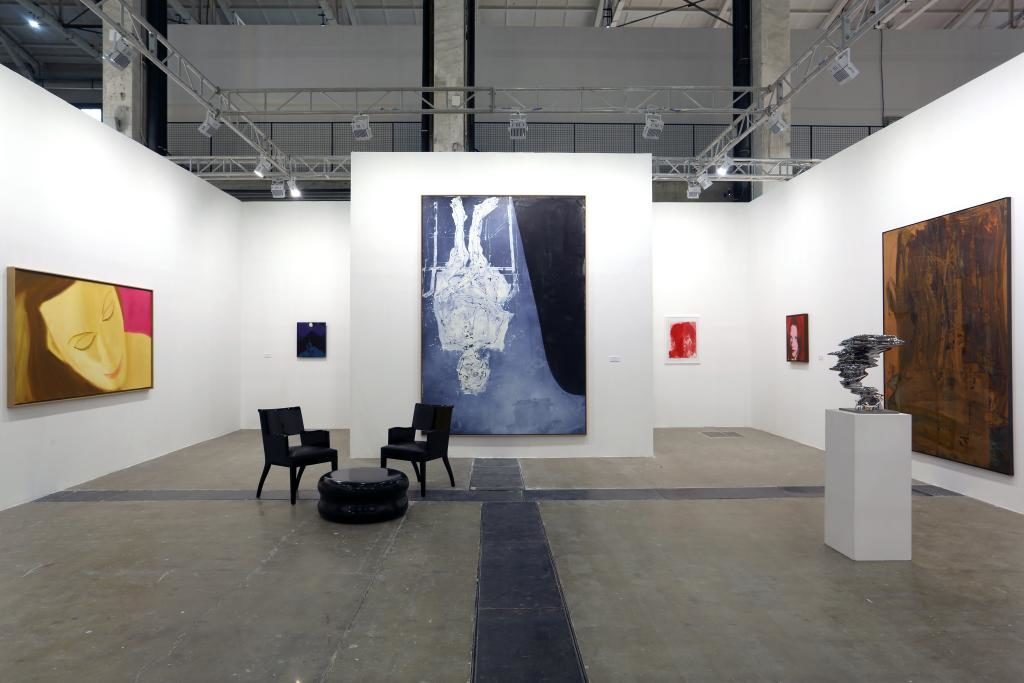
The Galerie Thaddaeus Ropac booth. Courtesy West Bund Art & Design.
“People make decisions in the first hour or the last hour,” said Nick Buckley Wood, the Hong Kong-based Asia director for Thaddaeus Ropac, standing in front of a giant Georg Baselitz he hadn’t sold yet. “People are coming from all around Asia, because Shanghai is such a great city, but the buying speed isn’t what it is in Hong Kong.”
But he did note that, despite the current trade war, there are signs that the global art market will increase its business dealings with Shanghai, and mainland China in general. In April, the government lowered its value-added tax from 17 percent to 13 percent, saving collectors thousands or tens of thousands in tariffs they had to pay when buying art in the country a year ago. And the markets were up Thursday after news reports that a deal to end the trade war was on the horizon.
“The trade wars have an astronomical effect on the China art world,” Buckley Wood said. “We’re waiting for the day Shanghai can be as open as New York.”